
Have you ever felt a tightness in your chest or struggled with feelings of love and compassion? These emotions are closely tied to the heart chakra, the fourth energy center or Anahata chakra. Located in the center of the chest, this chakra is responsible for our ability to give and receive love, develop healthy relationships, and maintain emotional balance. The upper chakras, including the solar plexus and third eye, also affect our emotional well-being and ability to empathize.
When the Anahata, or fourth energy center, or the heart chakra, is balanced, we experience a sense of calmness, joy, and inner peace. However, an imbalanced heart chakra can lead to physical and emotional issues such as anxiety, depression, and even heart disease. Healing the solar plexus chakra can help balance the heart chakra and promote overall well-being.
Understanding the nature and location of the Anahata or fourth energy center, also known as the heart chakra, is essential for maintaining overall well-being and healing. We will also discuss how it relates to other chakras, such as the throat chakra, and its connection to our thymus gland. To activate this chakra, one can use the Friday mudra.
Join us on a chakra meditation journey into your love chakra center – Friday – as we delve deeper into what makes the heart wheel – anahata, the sacral chakra and root chakra- unique.
Heart Chakra Color: Green and Its Importance in Balancing Your Chakra
The Meaning of the Color Green in Heart Chakra
The Anahata, or heart chakra, is located at the center of your chest, within your body’s energy system. It represents love, compassion, and emotional balance, essential for a healthy and fulfilling life. The color green symbolizes growth, harmony, and balance. When your heart chakra is in balance, you can give and receive love freely, enhancing positive energy flow throughout your body. However, if it’s blocked or overactive, you may experience negative emotions such as jealousy or resentment that can disrupt your body’s natural energy flow.
How to Balance Your Heart Chakra with Green Gemstones
Green gemstones like emerald and jade are believed to help balance the anahata or heart chakra, which is an important energy center in our life. The color green represents this chakra. Wearing or carrying these stones can help release negative emotions, such as anger or fear while promoting unconditional love and compassion for a more balanced energy flow.
Incorporating More Green into Your Life
Wearing green clothing or surrounding yourself with green objects can also be beneficial for balancing your heart energy or the Anahata chakra. You can add more green to your life by incorporating green plants into your home decor or workspace, bringing more positive energy and improving air quality. To further enhance the balance of your love chakra, consider practicing chakra meditation and focusing on the root chakra.
Eating Green Foods for Heart Health
Incorporating more green foods into your diet can also help balance the anahata or heart chakra, which is associated with energy and unconditional love. Leafy greens like spinach and kale are high in nutrients that support heart health, such as vitamin K, magnesium, potassium, fiber, and folate. These foods have been shown to lower blood pressure levels, promoting overall cardiovascular health, making them essential in maintaining a healthy heart chakra.
Other Ways to Balance Your Heart Chakra
There are many other ways to balance your anahata or heart chakra, including using essential oils like rose oil or bergamot oil, which promote feelings of trust and harmony. Pink crystals like rose quartz can also help heal emotional wounds related to past relationships by releasing blocked energy. The air element is associated with the heart chakra, so practicing deep breathing exercises can also help remove any fear or anxiety that may block energy flow.
Signs of Imbalanced Heart Chakra: Recognizing the Symptoms
Physical Symptoms
The Anahata, or heart chakra, is located in the center of the chest and is associated with the element of air. When its energy is imbalanced, it can cause physical symptoms such as chest pain, poor circulation, high blood pressure, and respiratory issues. These symptoms can be a sign that your Anahata chakra needs balancing.
Emotional Symptoms
In addition to physical symptoms, an imbalanced anahata or heart chakra can affect you emotionally. You might feel disconnected from others or challenged to form close relationships. Jealousy and fear of rejection are common emotional characteristics of an imbalanced heart chakra that can also impact your energy levels.
Difficulty Forgiving
Another symptom of an imbalanced heart chakra, also known as Anahata, is difficulty forgiving oneself or others. When this energy center is blocked, it can be challenging to let go of past hurts and move on. This can lead to feelings of resentment and anger.
Over-Giving or Over-Receiving
Over-giving or over-receiving in relationships may also indicate an imbalance in the Anahata chakra, which regulates energy flow. If you find yourself constantly giving without receiving anything back or taking without providing anything in return, it may be time to examine your heart chakra and balance your energy.
Balancing Your Heart Chakra
To balance your anahata or heart chakra, there are several things you can do to enhance your energy.
- Practice forgiveness: Let go of past hurts and resentments.
- Connect with nature: Spend time outside to help ground yourself and promote heart chakra healing. Being surrounded by heart chakra energy in the fourth chakra can assist in creating a balanced heart chakra.
- Meditate: Focus on opening your heart center during meditation.
- Use sound therapy: The unstruck sound “Yam” is associated with the Anahata (heart) chakra.
- Practice self-care: Take care of yourself physically and emotionally by eating well, exercising regularly, getting enough sleep, and engaging in activities that bring you joy. Additionally, focus on heart energy, heart chakra healing, heart chakra energy, and love chakra to promote overall well-being.
By recognizing these signs of an imbalanced heart chakra and taking steps to balance this energy center, you can improve your overall sense of well-being and feel more connected to the world around you.
Yoga Poses for a Healthy Fourth Chakra: Half Camel Pose and Warrior Pose
Half Camel Pose (Ustrasana)
The heart chakra, or Anahata, is the fourth chakra located in the center of the chest. It governs our ability to love and connect with others. One way to promote balance in this chakra is through yoga poses like Half Camel Pose.
To perform this pose, start by kneeling on the floor with your knees hip-width apart. Place your hands on your lower back with your fingers pointing down towards your hips. Inhale deeply and lift your chest towards the ceiling while gently arching your back, activating the fourth chakra or Anahata chakra, also known as the heart wheel. Reach back with one hand at a time to grasp onto each heel. Hold for several breaths before releasing.
Half Camel Pose helps to open up the chest area and stretch the spine, creating space for energy to flow freely throughout the body, particularly in the Anahata chakra. This pose can also help alleviate stress and anxiety by promoting deep breathing while activating the Anahata chakra.
Warrior Pose (Virabhadrasana)
Another great yoga pose for promoting balance in the heart chakra is Warrior Pose. This assertive standing posture strengthens the upper body while opening the chest area.
To perform this pose, start by standing at the top of your mat with feet hip-width apart. Step one foot back about three to four feet behind you, turning it outwards slightly. Bend into your front knee so that it forms a 90-degree angle over your ankle while keeping your back leg straight behind you. Reach arms outwards parallel to each other at shoulder height, palms facing down towards the ground to activate the Anahata chakra.
Warrior Pose promotes better circulation throughout the body, which helps balance all seven chakras, including Anahata -the heart charka- by allowing energy to flow more freely.
Incorporating these two poses into your yoga practice can help keep you centered and physically and mentally balanced while stimulating the Anahata chakra.
Unlocking the Power of Heart Chakra: Personal Growth and Development
Practicing Gratitude to Open Up Your Heart Chakra
The heart chakra is an energy center that governs our ability to love and connect with others. When this chakra is blocked, we may feel disconnected, unloved, or unable to form meaningful relationships. One way to open up your heart chakra is by practicing gratitude daily. By focusing on what you are grateful for, you can shift your mindset from lack to abundance, which can help balance your heart chakra.
Here are some ways to practice gratitude:
- Keep a gratitude journal where you write down three things you are grateful for daily and focus on the positive energy of opening your Anahata chakra.
- Take a few minutes each morning or evening to consider what you are grateful for.
- Express gratitude towards others by thanking them for their kindness or support.
Engaging in Joyful Activities
Engaging in activities that bring us joy can also help balance our heart chakras. When we do things that make us happy, we release positive energy into the world around us. This positive energy can help open our heart chakras and promote inner peace.
Here are some joyful activities that may help balance your heart chakra:
- Spend time with loved ones doing something fun, like playing games or hiking.
- Pursue hobbies that bring you joy, such as painting, dancing, or gardening.
- Listen to music that makes you feel happy and uplifted.
Practicing Self-Care and Self-Love
Many of us carry emotional wounds from past experiences that can block our heart chakras. Self-care and self-love can help heal these wounds and promote a healthier heart chakra. When we care for ourselves physically, emotionally, and spiritually, we message to ourselves and the world around us that we are worthy of love.
Affirmations and Meditation for Heart Chakra: Powerful Techniques to Open Your Heart
Repeating Positive Affirmations
The heart chakra is the center of love, compassion, and forgiveness. Negative thought patterns can block this chakra, leading to emotional imbalances and physical ailments. One way to shift these negative thoughts is by repeating positive affirmations. Affirmations such as “I am worthy of love” or “I forgive myself and others” can help reframe negative self-talk and promote self-love.
Visualizing a Green Light During Meditation
Meditation is another powerful tool for opening the heart chakra. Visualizing a green light emanating from your chest during meditation can help activate the heart chakra. Green is the color associated with the heart chakra, representing love, harmony, and balance. Focusing on this visualization during meditation can help you connect with your heart center.
Deep Breathing Exercises
Deep breathing exercises are another effective technique for promoting relaxation and balance in the heart chakra. To practice deep breathing exercises during meditation, sit comfortably with your back straight and take slow, deep breaths through your nose and out through your mouth. Focus on filling your lungs with air before exhaling slowly. This type of breathing promotes relaxation in both the mind and body.
Listening to Binaural Beats
Listening to binaural beats or other sound frequencies that resonate with the heart chakra may also help open up this energy center. Binaural beats are created by playing two different frequencies in each ear, producing a third frequency that resonates at a specific hertz level associated with various states of consciousness or emotions.
Conclusion: Unlock the Power of Your Heart Chakra
The heart chakra, represented by the color green and symbolized by a hexagram with twelve petals, is essential in balancing your chakras. Recognizing the signs of an imbalanced heart chakra and practicing yoga poses like Half Camel Pose and Warrior Pose can help you maintain a healthy fourth chakra. Affirmations and meditation are powerful techniques to open your heart and unlock its full potential for personal growth and development.
To fully unlock the power of your heart chakra, it’s important to practice self-love, compassion, forgiveness, and gratitude. These qualities will not only benefit yourself but also those around you.
Remember that balancing your chakras is a continuous process that requires patience and commitment. Incorporating these practices into your daily routine can bring significant positive changes in your life.
FAQs
What does an imbalanced heart chakra feel like?
An imbalanced heart chakra can manifest as feelings of loneliness, jealousy, resentment or being overly critical towards others. You may also experience physical symptoms such as chest pain or tightness in the chest area.
Can I balance my heart chakra through diet?
Yes! Eating green foods with high chlorophyll content, such as spinach or kale, can help balance your heart chakra. Drinking green tea or herbal teas made from hawthorn berries or rose hips can be beneficial.
How often should I practice yoga poses for my heart chakra?
Practicing yoga poses for at least 10-15 minutes daily is recommended to maintain a healthy fourth chakra. However, if you’re experiencing severe imbalances in this area, it’s best to consult a professional before starting any new exercise regimen.
Can affirmations help me open my heart?
Yes! Affirmations are powerful tools that can help shift negative thought patterns and beliefs. Repeating positive affirmations such as “I am worthy of love” or “I forgive myself and others” can help open your heart chakra and promote healing.
How long does it take to balance my heart chakra?
The time it takes to balance your heart chakra varies from person to person. It depends on the severity of the imbalance, your commitment to practicing techniques like meditation, yoga, and affirmations, and your overall level of self-awareness. You should start noticing positive changes with consistent practice within a few weeks or months.














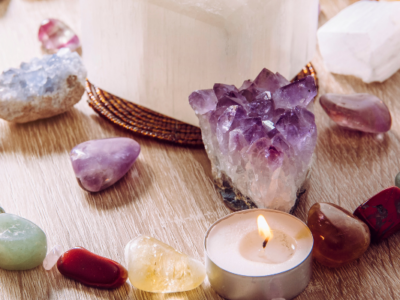








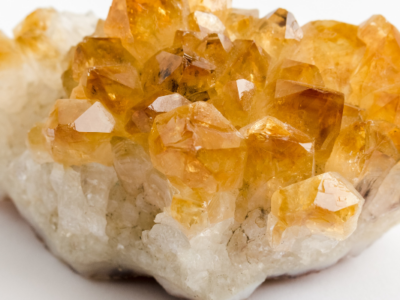
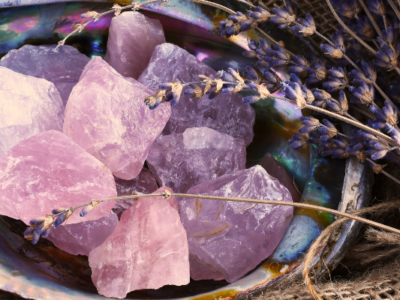
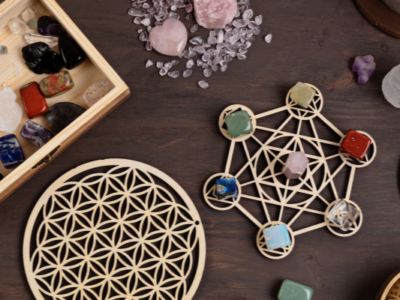
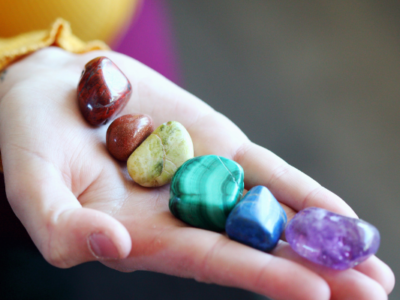
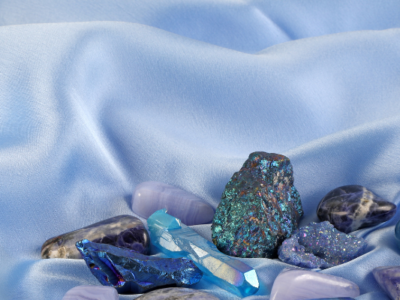



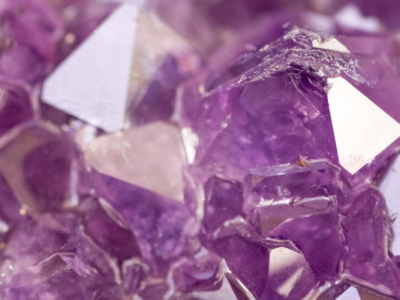




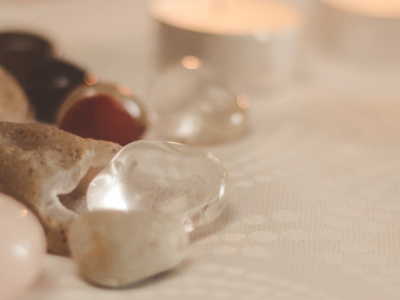

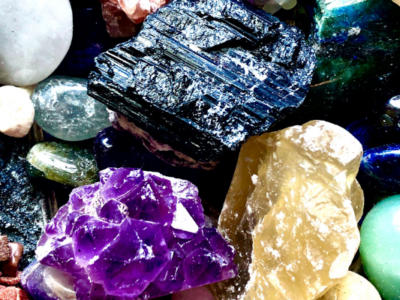
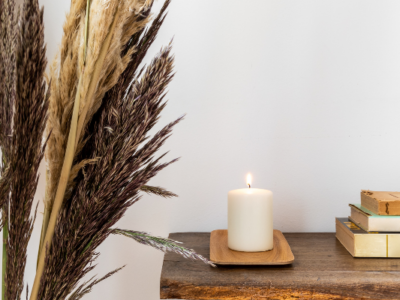


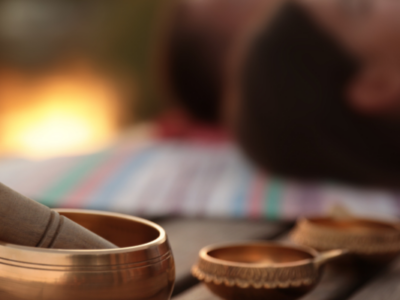
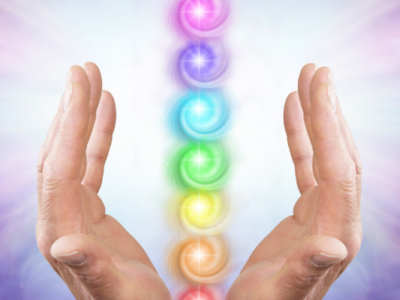





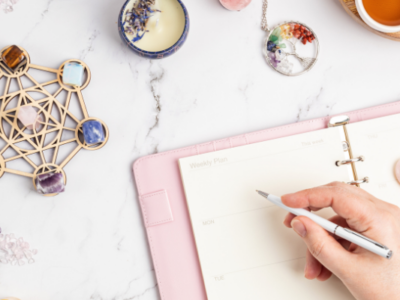


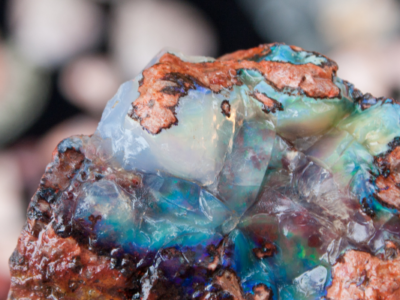
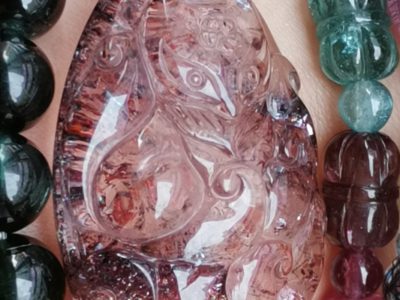




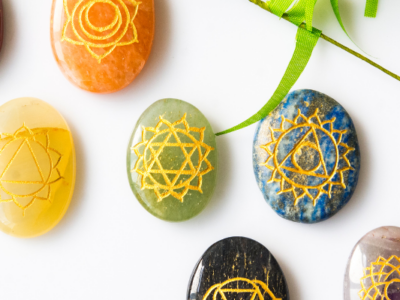









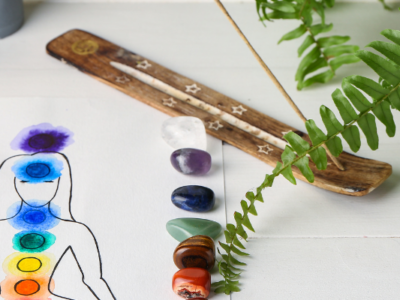

 Guardian Angels in Jewelry: The Allure of Angel Wing Sterling Silver Pendants
Guardian Angels in Jewelry: The Allure of Angel Wing Sterling Silver Pendants  Crystal Healing For Energy Balancing: How To Use Gemstones To Align Your Chakras
Crystal Healing For Energy Balancing: How To Use Gemstones To Align Your Chakras  The Meaning Behind Different Types Of Wrist Adornment: Bangles, Cuffs, And Wrap Bracelets
The Meaning Behind Different Types Of Wrist Adornment: Bangles, Cuffs, And Wrap Bracelets  Exploring The Ancient History Of The Amethyst Stone Chakra Bracelet
Exploring The Ancient History Of The Amethyst Stone Chakra Bracelet  The Benefits of Acupuncture for Wrist Healing
The Benefits of Acupuncture for Wrist Healing
Recent Comments